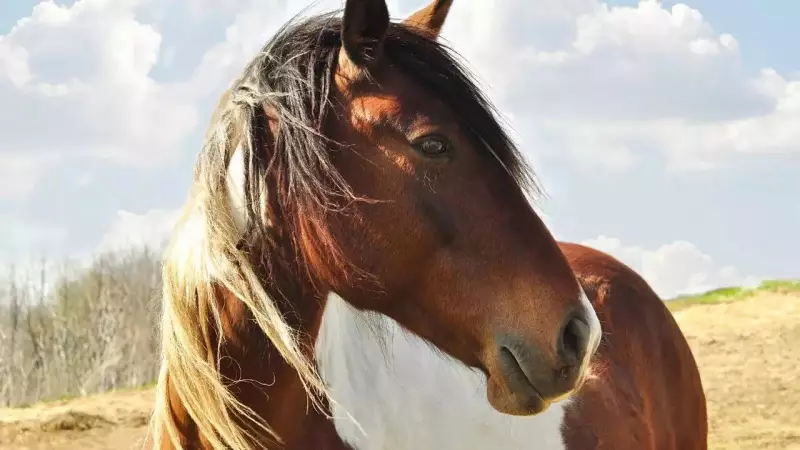
In a remarkable discovery that deepens our understanding of animal intelligence, new research confirms what many equestrians have long suspected: horses possess an extraordinary ability to read human emotions. Published in ScienceDirect, the study demonstrates that these elegant animals can accurately distinguish between human facial expressions, particularly recognising feelings of joy and sadness with significant accuracy.
Scientific Breakthrough in Equine Emotional Intelligence
Researchers employed an innovative touchscreen-based method to test emotional recognition in horses. The automated system displayed pairs of human faces showing different expressions – including joy, sadness, anger, fear, surprise, and disgust – ensuring that the animals' choices weren't influenced by human cues. When horses touched the face displaying the targeted emotion, they received a small food reward, creating a controlled environment for measuring their perceptual abilities.
The study involved eleven horses divided into two distinct groups. One group learned to identify joyful expressions, while the other was trained to recognise sad faces. After multiple training sessions, the real test began: researchers presented completely new faces to determine whether the horses could generalise their learning to unfamiliar humans. This crucial step separated mere memorisation from genuine emotional understanding.
How Horses Distinguish Between Human Emotions
The results revealed fascinating patterns in equine cognition. At the group level, both sets of horses learned to select the correct emotional face significantly better than random chance. Horses trained to recognise joy successfully transferred this knowledge to new faces, demonstrating they had grasped the general concept of "joyful" expressions rather than simply memorising specific examples.
However, researchers noted an interesting distinction: while horses identifying sadness performed well during training, they struggled to generalise this recognition to unfamiliar faces. This suggests that understanding sadness might be more complex for equines than recognising positive emotions. The study also found that horses' performance varied depending on which emotions were paired together. For instance, distinguishing sadness from fear proved more challenging than differentiating sadness from joy or surprise.
These findings confirm that horses don't react randomly to human expressions but instead use perceptual cues and emotional valence – the positive or negative nature of expressions – to make informed decisions about human emotional states.
Practical Applications for Human-Horse Relationships
This research carries significant implications for how humans interact with horses across various contexts. The ability to recognise human emotions likely helps horses navigate social situations more effectively – whether that means avoiding stressed individuals or seeking comfort from happy people. This emotional sensitivity can substantially enhance training methods, riding experiences, and equine-assisted therapy programmes.
By understanding that horses interpret our facial expressions, trainers, caregivers, and enthusiasts can foster safer, more empathetic, and more effective communication with these sensitive animals. The study reinforces the importance of treating horses as sentient beings with sophisticated social cognition, reminding us that our emotional states directly impact our equine companions.
This research adds to growing evidence about horses' sophisticated social intelligence. Beyond emotional recognition, previous studies have shown that horses remember individual humans and adjust their behaviour based on past interactions. These insights not only deepen our appreciation for equine intelligence but also provide practical guidance for building stronger, more respectful relationships between humans and horses in everyday life.





